


















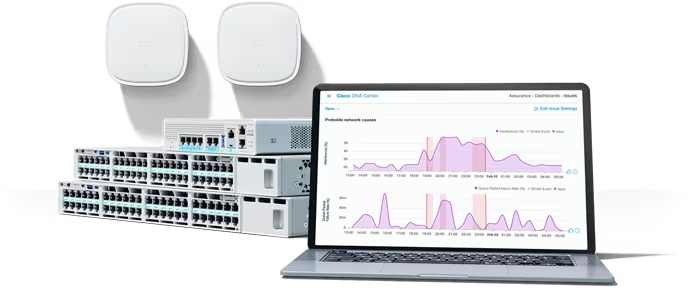

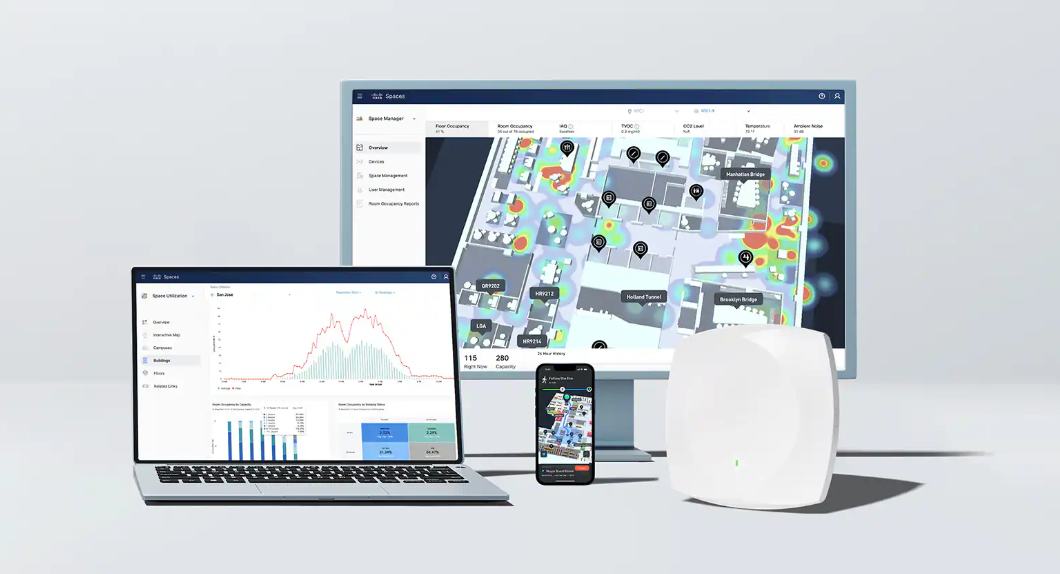


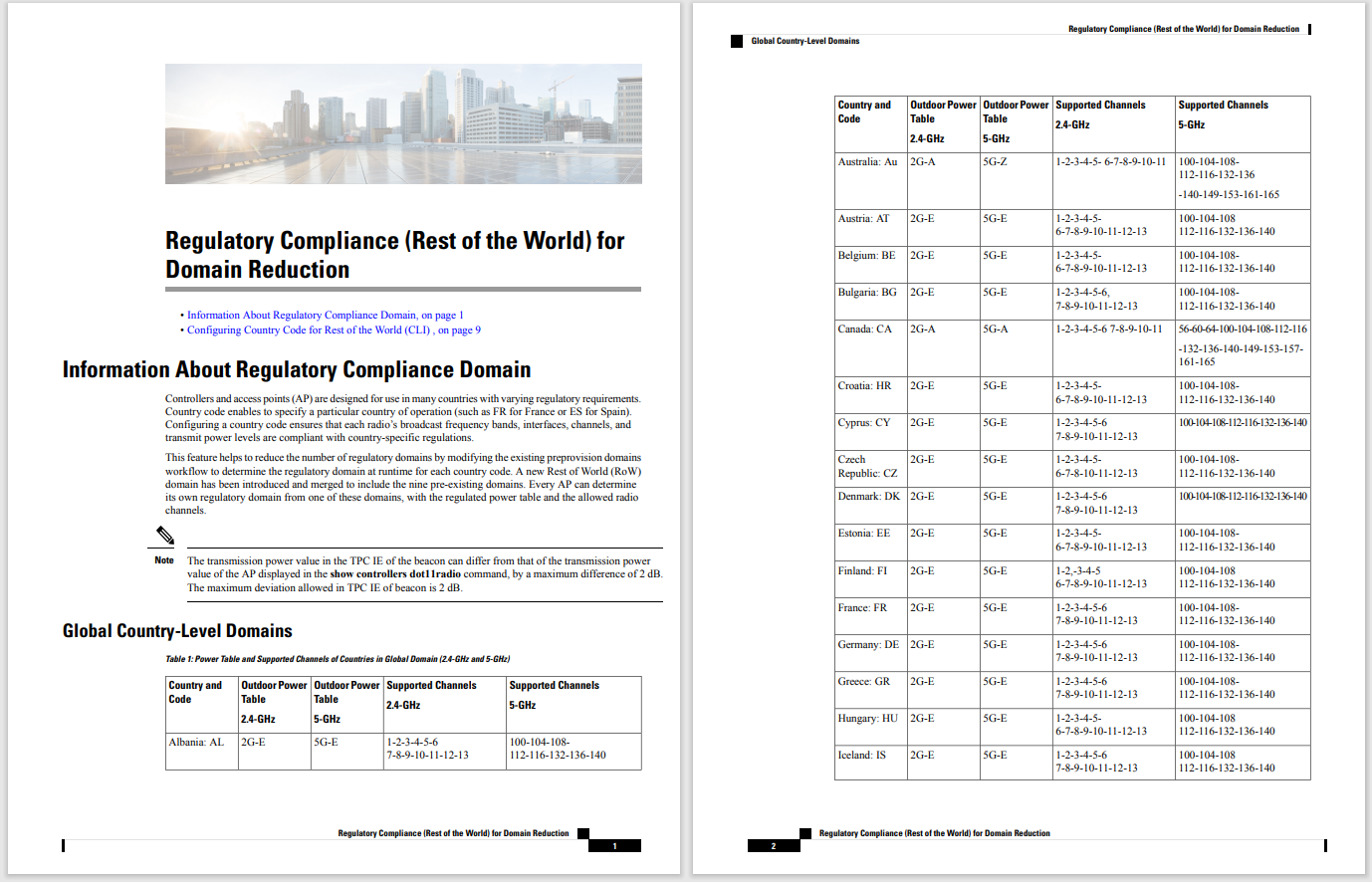
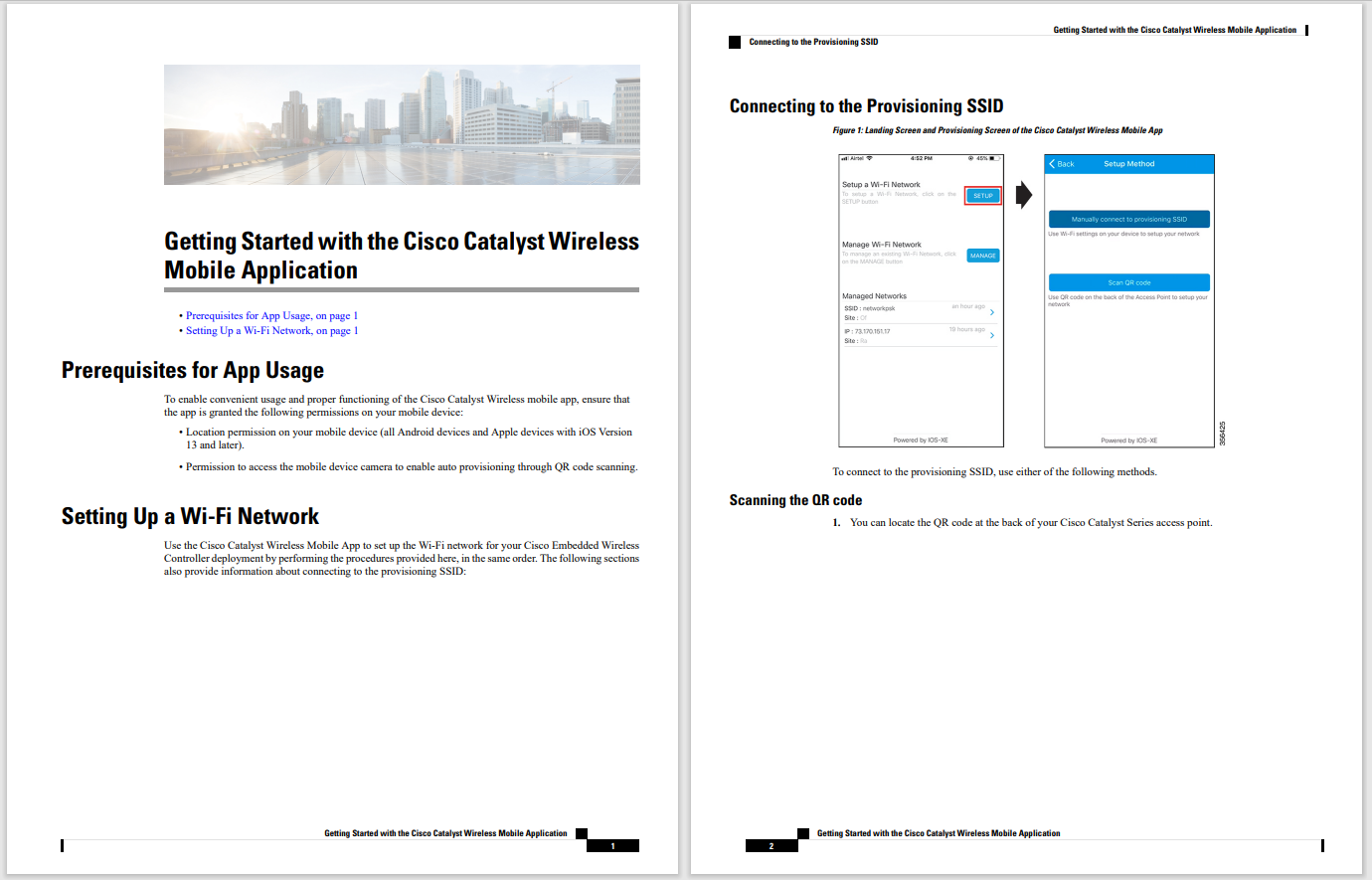

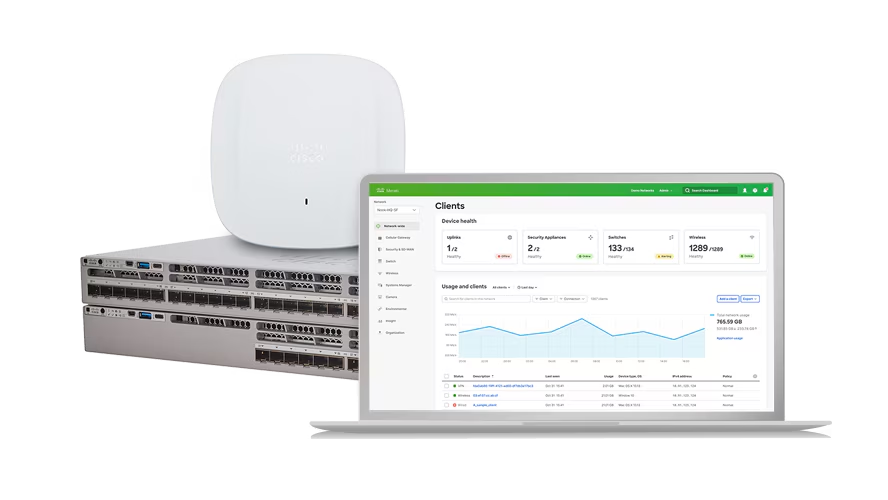
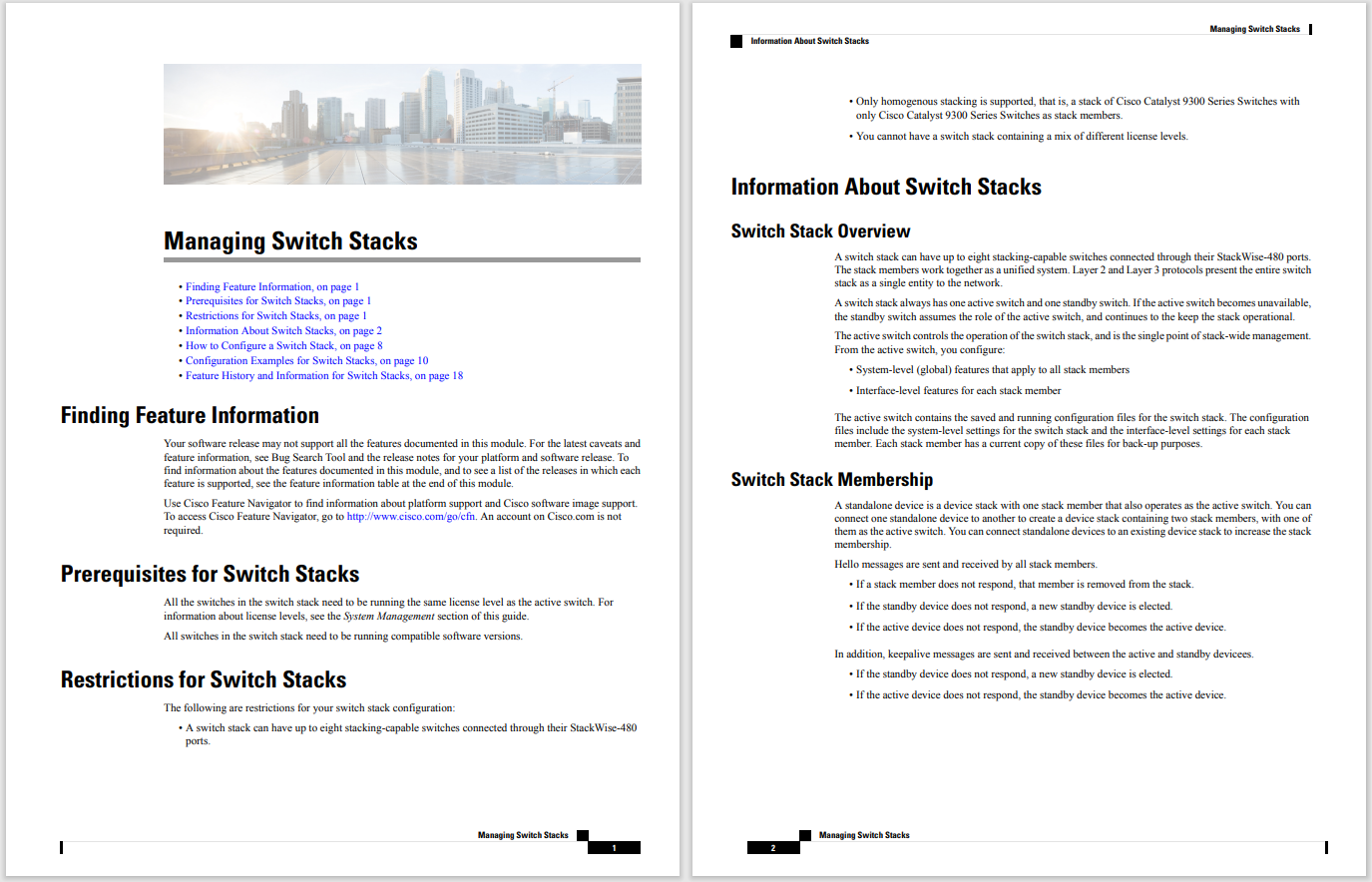



The working day is undergoing some significant changes. Microsoft, which has 180,000 employees in 100 countries, has found that people who are working from home have three peak periods during a day that does not correspond to the usual 9am to 5pm work day of pre-pandemic times.
Microsoft has been analyzing work patterns among its employees who are working from home and what they're experiencing with more flexible hours. One indicator of change is that when the pandemic began, meetings on Microsoft Teams were happening more frequently after 5pm, most often between 6pm and 8pm at night, according to Microsoft, which recently published its second annual Work Trend Index report.
In the office, hybrid or remote, here's what is changing about where, when and how you do your job.
Read nowThe company's data suggests that 9-to-5 is over and that meetings outside of previous norms are now common, creating a third peak of activity at night for some. Microsoft researchers call it the "triple peak day".
"Traditionally, knowledge workers had two productivity peaks in their workday: before lunch and after lunch. But when the pandemic sent so many people into work-from-home mode, a third peak emerged for some in the hours before bedtime," Microsoft notes in a blogpost.
The finding will likely not surprise parents who work and manage children after picking them up from school in the afternoon.
The average Teams user now sends 42 percent more chats per person after hours, according to Work Trend Index findings.
Microsoft found that 30 percent of its employees worked more at night based on "keyboard events". That slight uptick in keyboard activity was much lower than traditional work peaks around 10am and 3pm, but around 10pm there is a spike.
The company doesn't know why these employees work more at night. It could, for example, be because of childcare duties but also could be due to people collaborating across timezones.
Microsoft is betting hybrid work will be what its customers implement for years to come and is why it is reshaping its software products to fit with this reality, from Teams to Office and Windows. Microsoft itself reopened its campuses on February 28. Apple and Google are also bringing back office times, though allowing employees to work from home for two to three days a week.
Microsoft fears that if people are working around the clock, they could suffer burnout. "What are the implications for wellbeing when every spare hour is potentially 'on the clock'?" Microsoft said.
This third peak is different from the other two peaks because it raises the question as to whether this is about flexibility, or about work encroaching on someone's personal hours, said Shamsi Iqbal, principal researcher on productivity and intelligence at Microsoft Research and Microsoft Viva Insights.
Customers can avoid meetings at unconventional hours, by using asynchronous communication, such as using Teams' status updates channel instead of a video conference. Microsoft also plans to bring scheduling options from Outlook to Teams that allow messages sent outside of normal working hours to arrive in inboxes when working hours resume.
"People often send emails at odd hours because they don't want to lose the thought and they want it captured, but it doesn't necessarily have to arrive at the recipient's end right away," said Iqbal.
"Delaying delivery of that email means that we can get the best of both worlds-capturing the thought so that it doesn't get lost, and making sure that the recipient gets it at a time that is more convenient for them."
 Hot Tags :
Business
Companies
Hot Tags :
Business
Companies